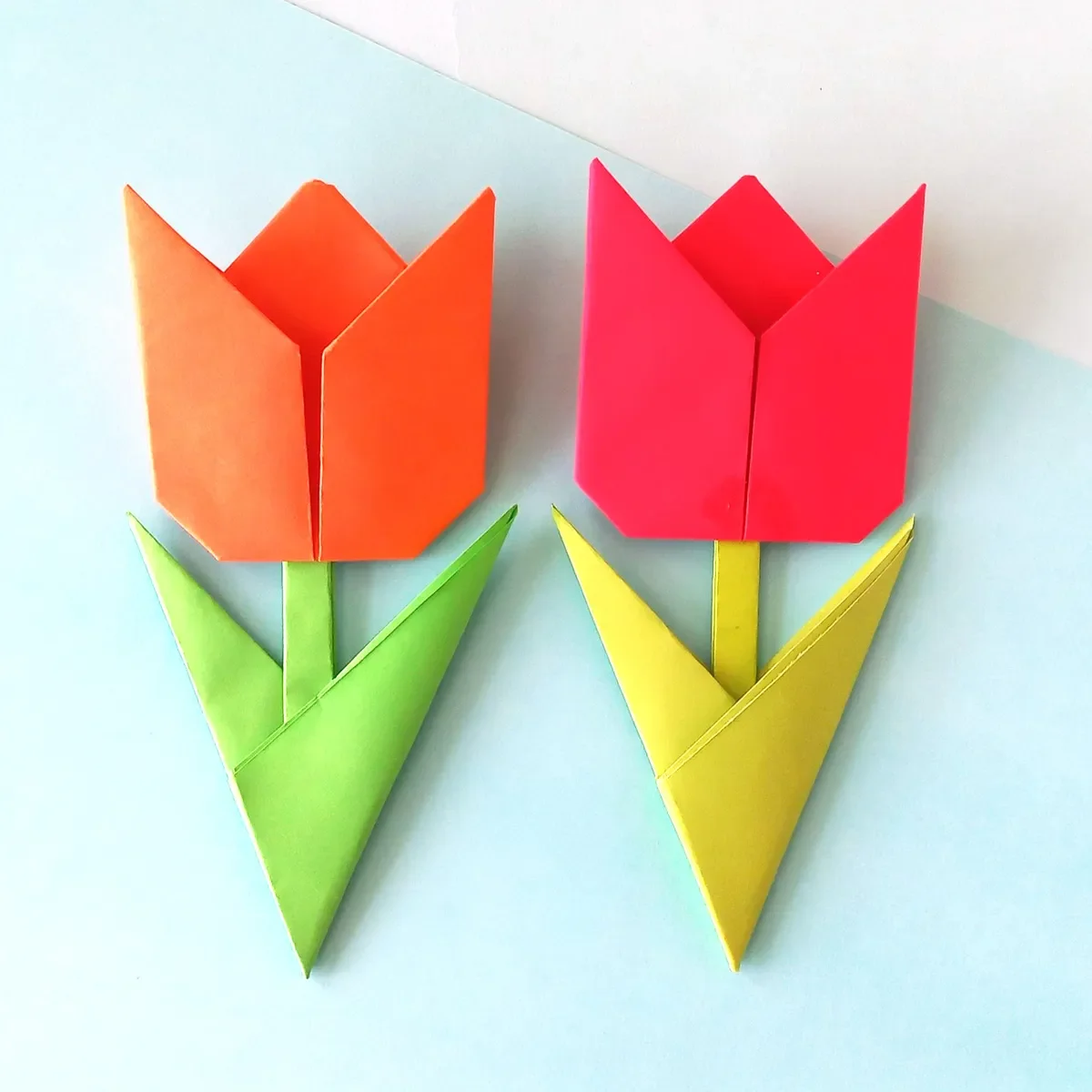Why We Started
As of 2024, nearly 7 million people in the U.S. suffer from dementia. Dementia, a group of conditions resulting from cognitive malfunctions, causes serious struggles for patients including memory loss, disorientation, and difficulty performing familiar tasks. Aside from these, plenty of other symptoms prohibit patients from getting through their daily lives with ease. At the same time, 1 in 4 U.S. adults bear arthritis diagnoses. Arthritis leads to inflamed joints, causing swelling and tenderness, as well as inability to move freely. For these patients, actions that we carry out effortlessly are often daily adversities. What many people fail to realize though is that both of these conditions can easily be helped through simple activities such as puzzling and origami-making.
A 2023 study by JAMA suggests that performing mental activities significantly reduces the risk of dementia, by approximately 10 percent. Solving puzzles, specifically jigsaw, proved to exercise the hippocampus (the area of the brain where memories are stored), which helps keep the brain active and young.
A study conducted by researchers at Harvard Medical School showed another stunning positive correlation between solving puzzles and the mitigation of dementia. Elders’ brain activities were monitored over 18 months, where they would spend time playing word games weekly. The results were astonishing: a whopping 37 percent of participants’ dementia had improved.
What’s more, solving puzzles had proved to be more beneficial than taking FDA approved drugs for Alzheimer’s disease. I knew I had to put this information to good use.
However, I had found a fault in the puzzle market. There were tens of thousands of products out there, but little to none of them were curated for arthritis patients, who have limited dexterity, and for dementia patients, who need cognitively challenging puzzles to keep their brains active. Solving puzzles and folding paper should be fun and engaging activities, not arduous and dull ones. With this in mind, I sought to come up with a solution: create origami lessons that are fun and engaging, but not straining for elders’ joints.
